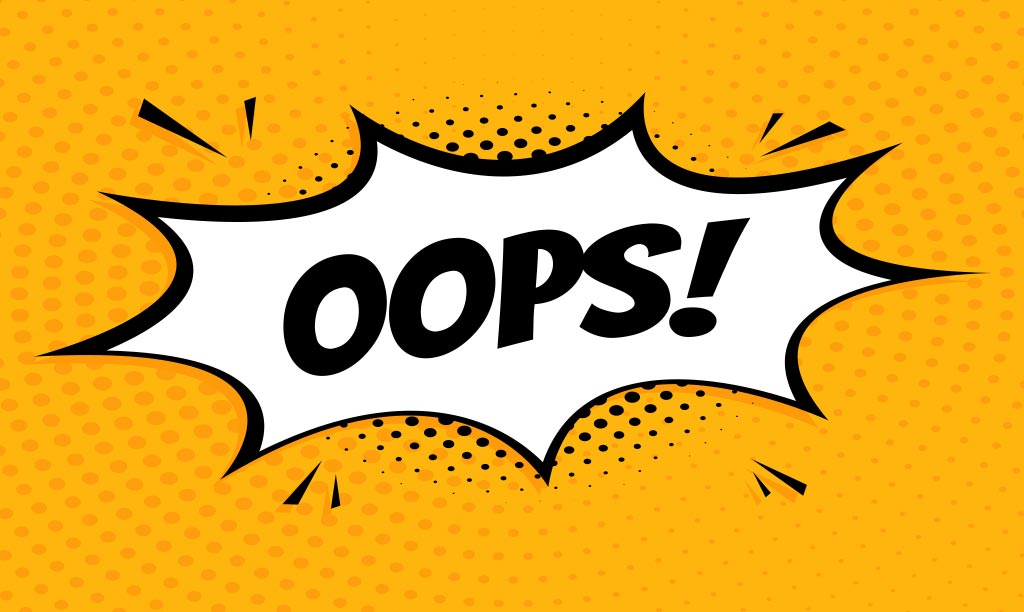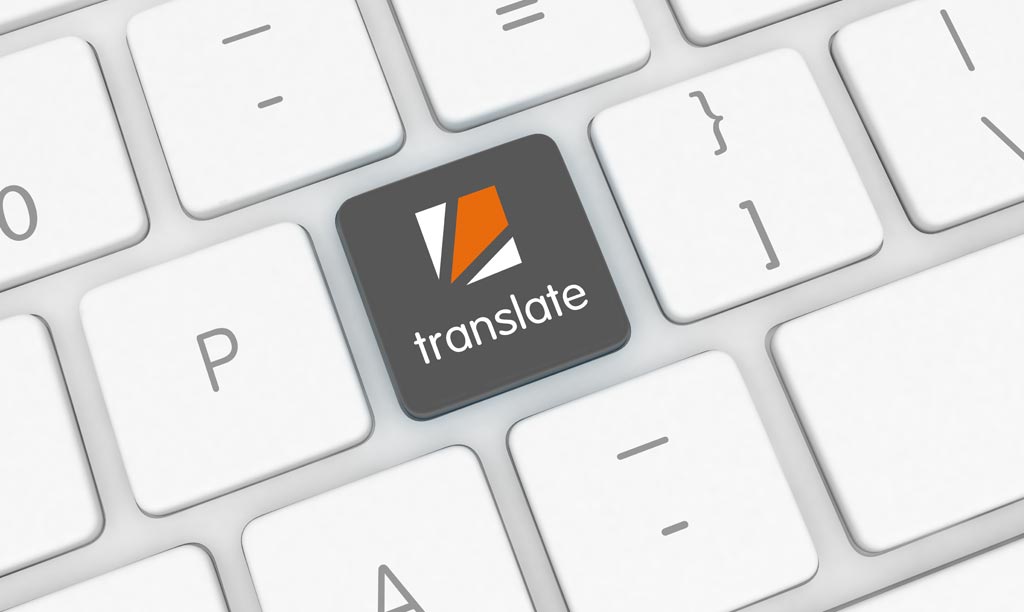Solving VAT problems for clients can be a little like playing chess. Failure to move the pieces in the right order can cost you the win in chess, and failure to execute VAT solutions in the right way can cost an organisation more than doing nothing.
There are times in a game of chess where sacrificing a star piece is worth the strategic advantage gained. The same can be true of VAT, and in this case, I’m thinking about VAT exemption.
In theory VAT exemption is valuable in that it removes VAT from the onward supply. Therefore, when the sale value and VAT lost thereon exceeds the costs of making the sale and the VAT incurred, the seller retains more profit. This is because more of the sales value is retained in the supplying organisation and, where this is the case, calling the VAT exemption a relief appears to fit.
However, there are many scenarios in which exemption from VAT significantly increases the costs of making the supply, both in terms of the VAT that cannot be recovered and the heavy administrative burden created. Perversely, despite many exemptions being applicable only to charities/not-for-profits, its application often makes the supply more expensive than it would be, were the exemption not to apply. The aim of protecting the consumer (or beneficiary) from the VAT cost by moving the “sticking point” up one step in the chain to the charity, actually means the consumers/beneficiaries are passed the higher cost of the irrecoverable VAT, having to pay more for the supply than they would have without the exemption. Where it is not possible to pass this higher cost on, it is likely that the charity is not able to have as large an impact as it would otherwise have, where base costs of making the supply were lower.
Take the example of a charity providing a welfare service to the public, for which the public pay considerably less than the cost of that service. The charity is able to provide the service at significantly lower than cost due to funding from general grants and donations. The grant and donation money will be used to purchase goods and services necessary to make the supply, but the charity will not be able to recover the VAT on these costs due to the exempt supplies made. In this scenario the VAT incurred on costs will outweigh the VAT received on the supplies (since there will be no VAT due on the grant or donations). The bottom line is that if the supply was taxable, VAT on costs could be recovered and the overall cost of providing the supplies would be less, the grant and donation money would go further and the charity would be in a better overall position. That is not to mention the administrative saving, if the application of the exemption requires the charity to go through the laborious task of attributing their costs and doing partial exemption calculations.
Another example of exemption creating costs is in the medical care sector. Since the services provided by GP’s generally qualify for exemption the government is having to fund the cost of VAT on these services. This seems to be ridiculous when a VAT charge would wash through and ultimately reduce the cost of the service, especially when considering all the additional costs of administration and compliance in this complicated area of VAT.
With only one “Option to Tax” in relation to the UK’s VAT exemptions, sacrificing the exemption, by breaking the conditions, is often the only solution to making something viable. This is done through structuring or organisation to save the costs associated with exemption. We are all familiar with the concept that big rewards often came with big risks and these need to be effectively communicated to the client and managed appropriately. If you skip a move in your master plan in chess, you may find yourself without the pieces you need to win. The same is true of VAT, you can cost your client more than they save without careful execution and thorough communication. Sometimes a constitutional change is required and it is vital to communicate what is necessary to break the exemption to ensure that it is practically applicable, since what is on paper is only half of the story and VAT cases have been lost where the paperwork doesn’t reflect the reality (or the reality doesn’t reflect what is on paper depending which way you look at it!).
To sum up, taking a step back from the board and looking at what could be achieved if you sacrifice a piece, (or in the case of VAT, break the exemption) even when it doesn’t seem immediately like the smartest thing to do at the time, can win you the game. In the case of VAT, sacrificing the exemption in the right circumstances can create huge VAT, administrative and compliance savings.





























